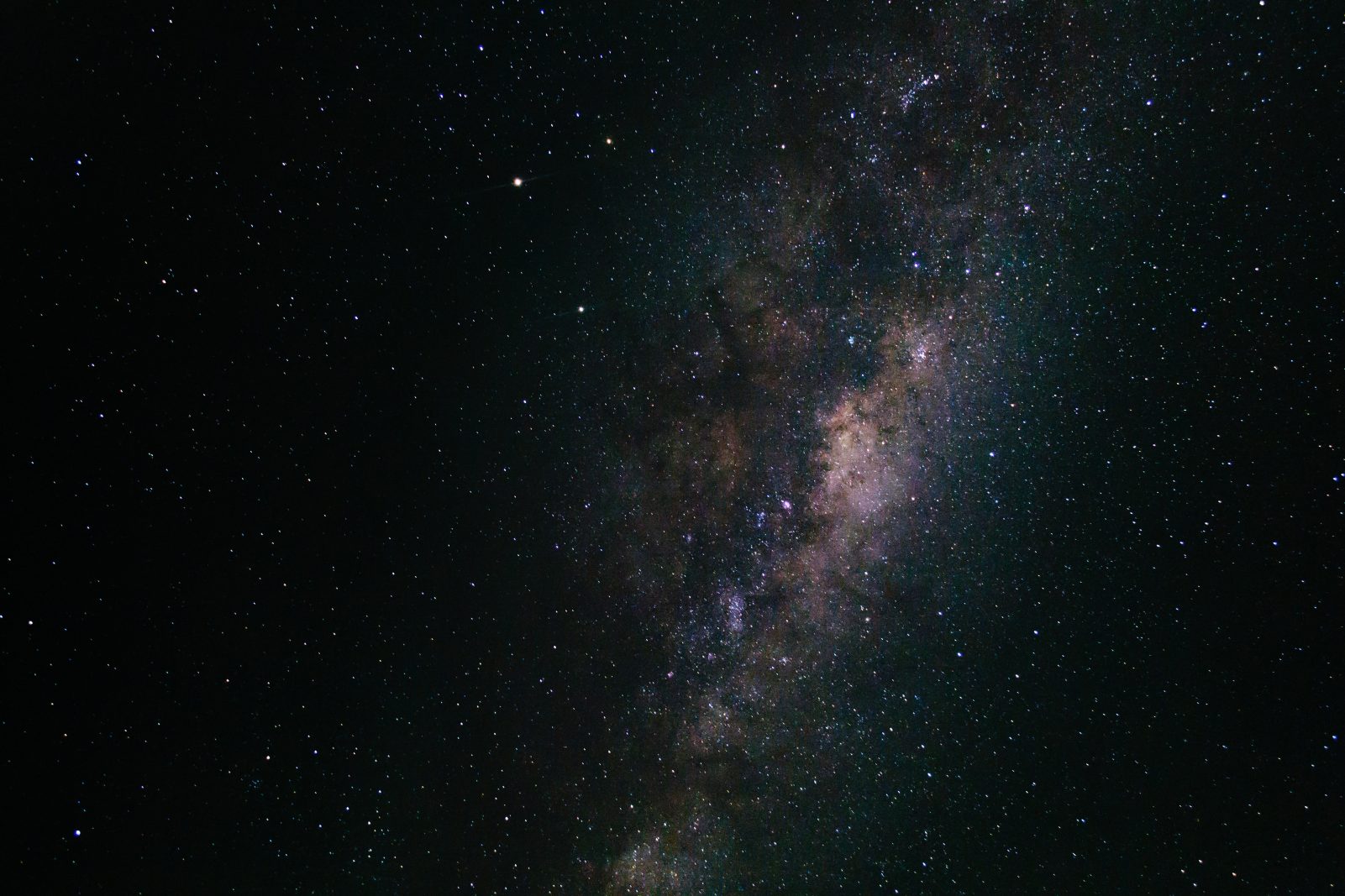For centuries, human beings have found both delight and fascination with the night sky.
With constellations named after Greek gods and far away planets burning in the depth of the night, quick glimpses of satellites and shooting stars, there’s plenty to get starry-eyed about.

Chances are when you think about the universe, you automatically think about the stars that cluster across the sky. Stars make up our visual understanding of the universe and the 2 trillion galaxies that form it, and many of us are inspired by and curious about their glittering appearance.
In honour of International Astronomy Day (April 21), we’re dishing out a few facts about the white lights in the sky.
- The most stars seen by the human eye at any given time is approximately 2,000–2,500, with that many stars being bright and close enough to make an appearance in the sky.
- Stars don’t twinkle… the movement of light is down to turbulence in the Earth’s atmosphere, and the light from the star is refracted in different directions, causing a bend in starlight. Some light reaches our eyes directly, while some gets bent along the way, causing a twinkling effect.
- The word “constellation” means “set with stars”, coming from a Latin term.
- Constellations have been around for centuries, and there are currently 88 of them officially recognised.
- A small pattern of stars found within a constellation is known as an asterism. Both the Big Dipper and Little Dipper are known as these.
- The closest star to the Earth is the Sun.
- Around 275 million stars are born every day.
- Stars were some of the earliest objects to form in the early universe.
- Most stars move through the universe in clusters. Our sun however, moves alone.
For a journey into the dark depths of the night, don’t miss our planetarium shows.

